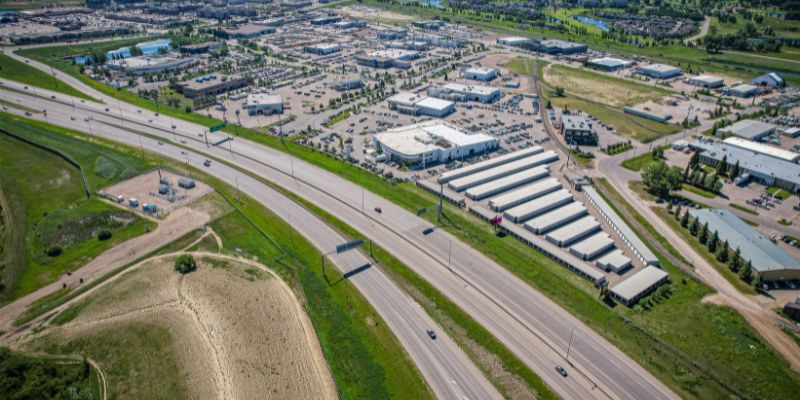When evaluating a property for environmental concerns, understanding the difference between Phase I and Phase II Environmental Site Assessments (ESAs) is essential. Phase I ESAs offer a preliminary review, which may or may not lead to further intrusive investigation (Phase II ESA). If necessary, a Phase II ESA is the next step, involving soil, groundwater, or soil vapour sampling and lab analysis to pinpoint the type and extent of contamination. Below, we expand on both of these and how they are broadly governed across Canada.
What Does Phase I ESA Involve?
A Phase I ESA is an initial evaluation that involves:
- Records Review: Collecting and examining historical documents, aerial photographs, land titles, and environmental databases to determine past and present land use.
- Site Inspection: Conducting a thorough visual inspection of the property to identify signs of contamination, such as underground storage tanks or distressed vegetation.
- Interviews: Engaging with current and past property owners, occupants, and local authorities to gather additional information.
The goal is to identify any Areas of Potential Environmental Concern (APECs) or Recognized Environmental Conditions (RECs) without physical sampling. Phase I ESAs trace property history as far back as possible to assess potential contamination sources.
What is a Phase II ESA?
A Phase II ESA is conducted if APECs or RECs are identified in the Phase I ESA. It involves:
- Soil, Groundwater, and Soil Vapour Sampling: Collecting samples using drilling equipment to access subsurface soils and groundwater.
- Laboratory Analysis: Testing samples for contaminants such as petroleum hydrocarbons, heavy metals, pesticides, herbicides, asbestos, lead paint, or mould.
- Data Interpretation: Assessing the concentration and distribution of contaminants to understand the extent of contamination.
Phase II ESAs provide a comprehensive understanding of the site’s environmental condition, informing the need for remediation or further action.
Provincial Environmental Assessment Are Regulated Across Canada
Environmental assessments in Canada are governed by specific regulations that vary by province, reflecting local environmental priorities and standards. For example, in Ontario, Phase I and Phase II ESAs must comply with the Environmental Protection Act and associated Environmental Site Assessment Standards, which establish guidelines for assessing and managing contamination risks.
In British Columbia, these assessments are regulated under the Environmental Management Act, which outlines the necessary steps for identifying and addressing potential environmental hazards, especially in high-risk areas.
Alberta’s Environmental Protection and Enhancement Act similarly governs these assessments, focusing on the protection and preservation of land, water, and ecosystems throughout the province. By respecting each province’s specific guidelines, property owners and developers can ensure compliance and contribute to sustainable development.
What Nichols Can Do for You
Nichols Environmental and Engineering is here to be your environmental and geotechnical/civil engineering partner. Our team brings expertise and dedication, focusing on sustainability, compliance, and project success. Contact us today to explore how Nichols Environmental and Engineering can enhance your project’s outcome, increase sustainability, and provide the results you can rely on.

